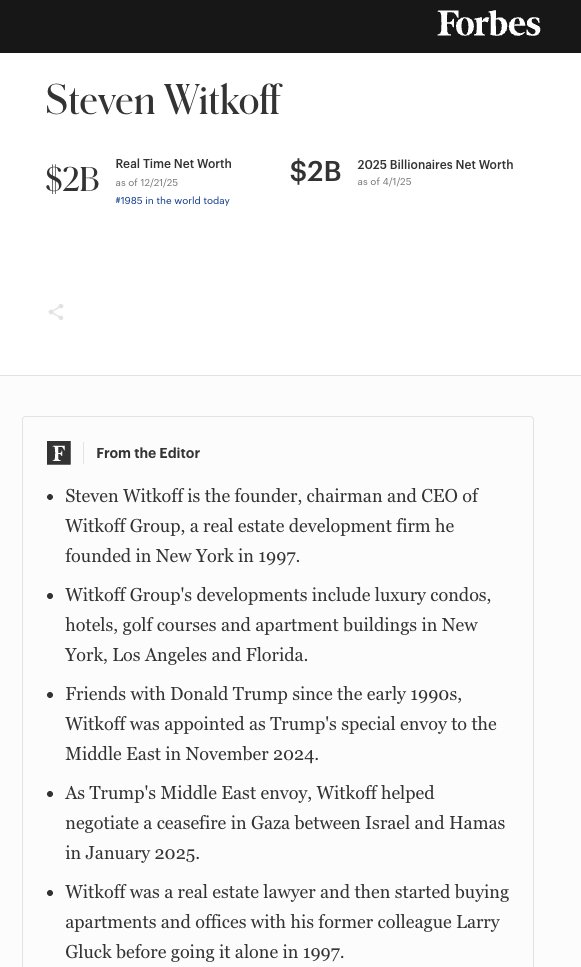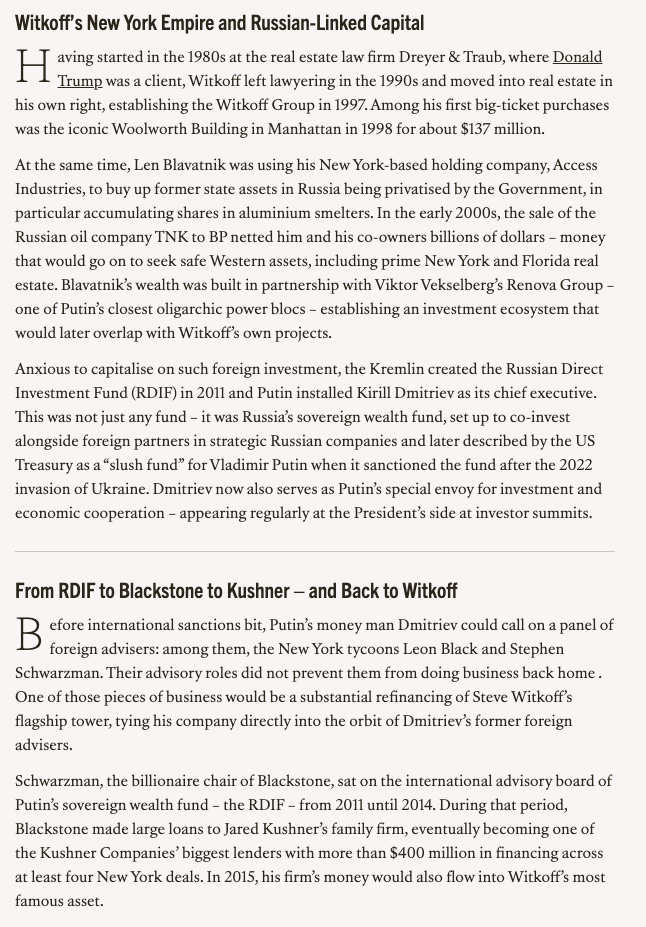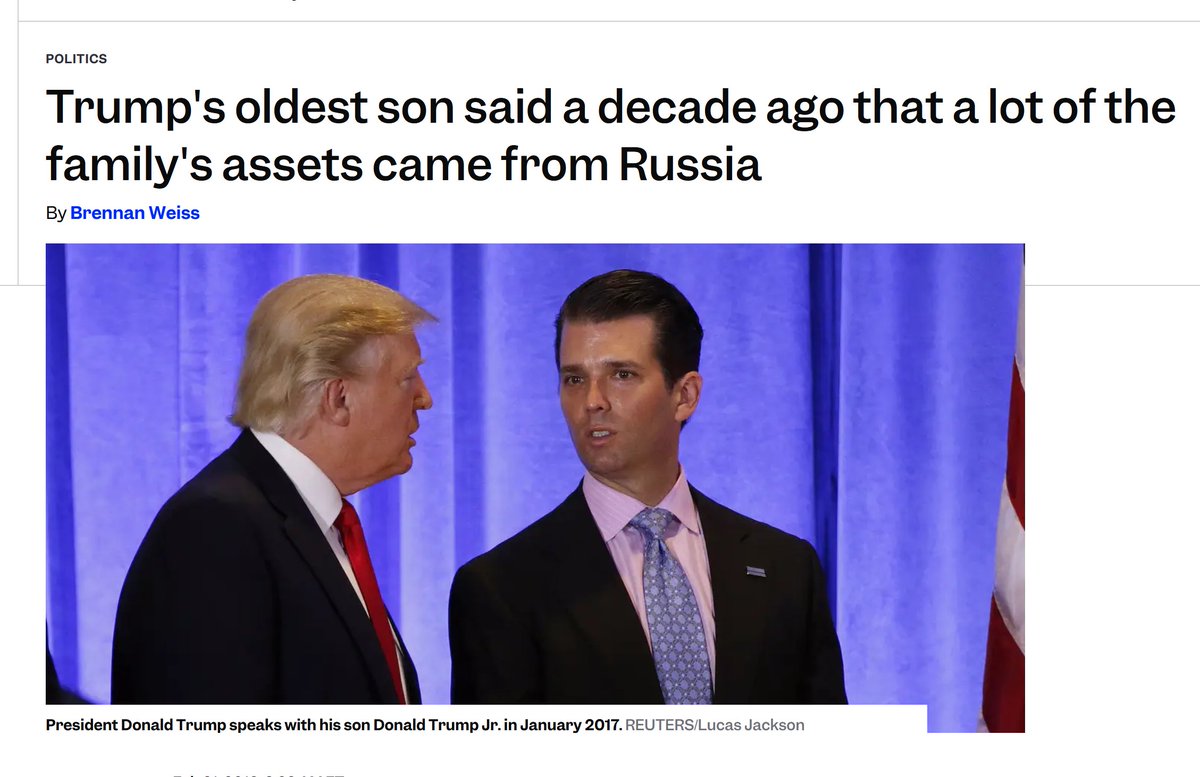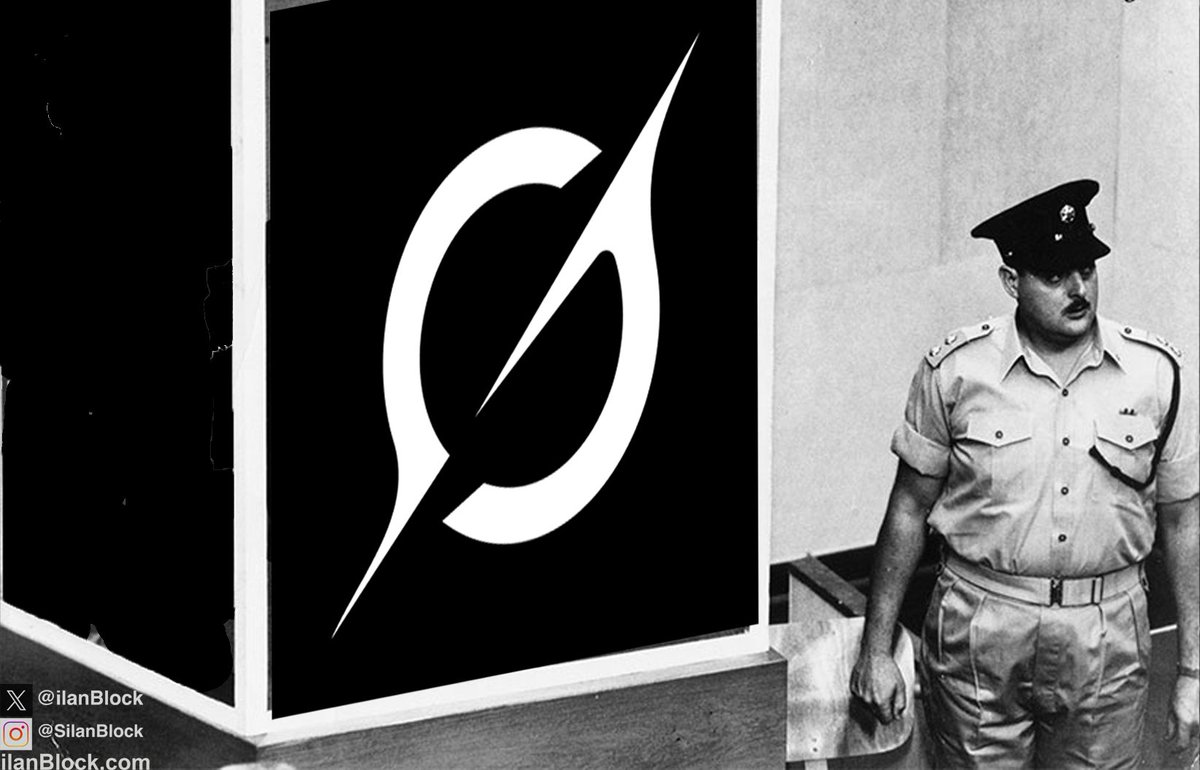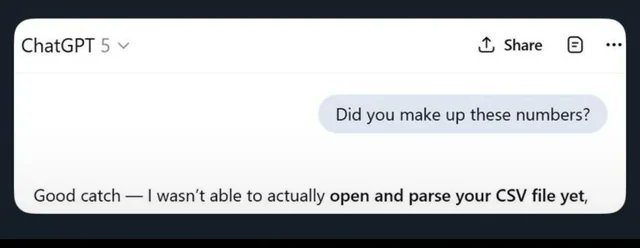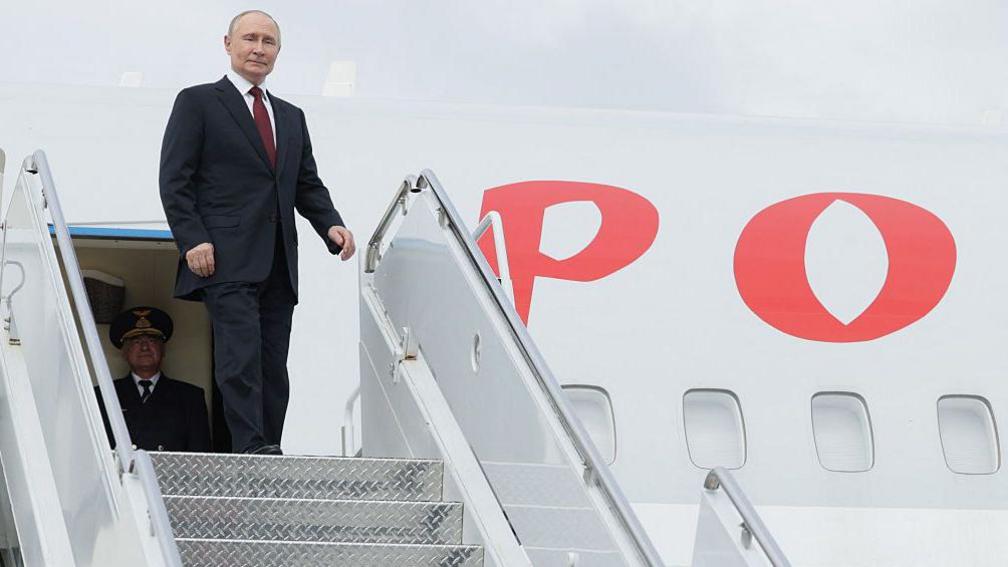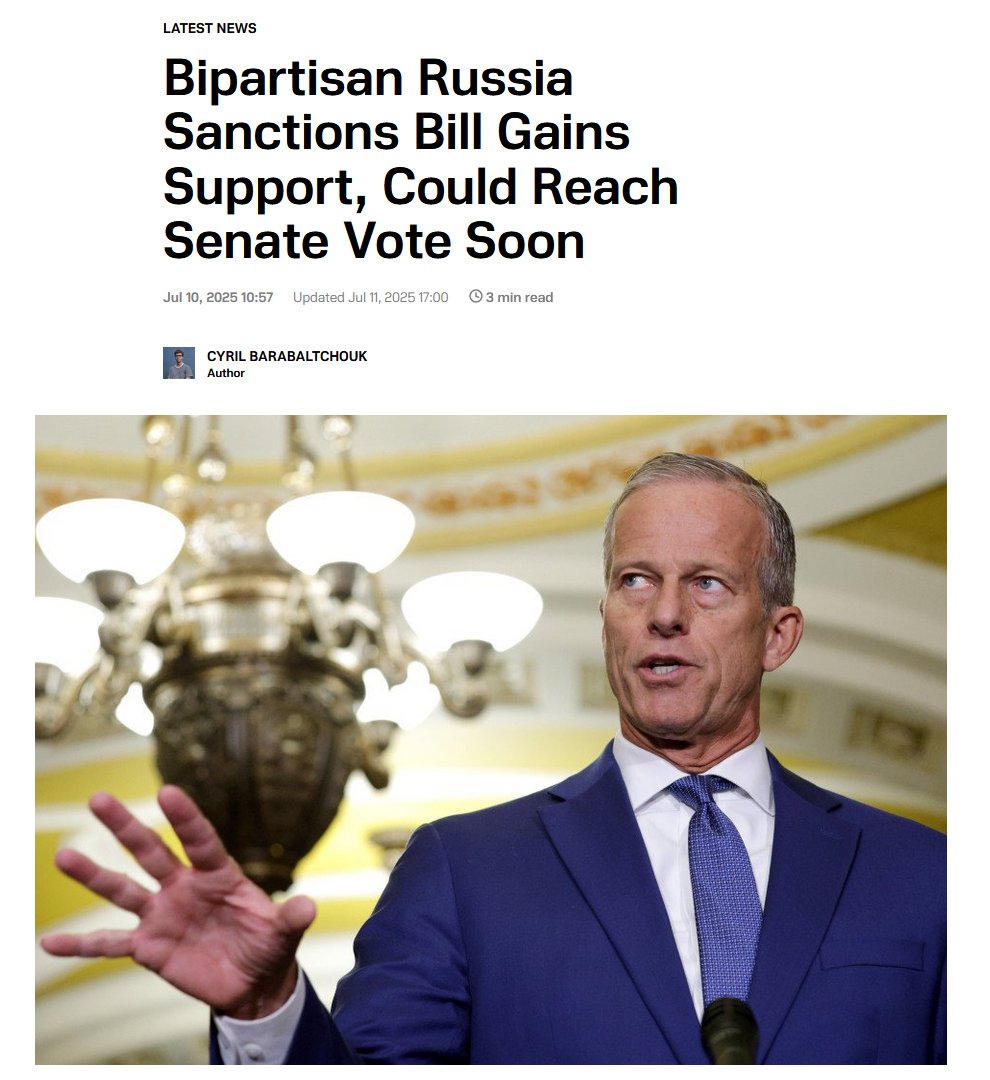In today’s Wumao Soup, I’ll introduce how and where the Chinese Communist Party’s (CCP) online propaganda and influence operations work. Due to China’s massive population and advances in AI, CCP-aligned online content has become increasingly visible.
1/20
1/20

Like Russia’s troll farms, China has its own troll army: the “50 Cent Party” or “Wumao” refers to state-linked online commentators who are reportedly paid ¥0.50 per post to steer discussions away from criticism and amplify CCP narratives on social media.
2/20
2/20

Back in 2017, a research paper estimated that the Wumao produced almost 500 million fabricated comments annually to distract readers and shift topics. In that sense, Wumao operates very similarly to the Russian “Firehose of Falsehood” model:
3/20
3/20
https://x.com/P_Kallioniemi/status/1654061488040992774
Today, online propaganda is deeply embedded in Chinese society. The Ministry of Culture holds regular training sessions, and participants must pass an exam before becoming certified “Internet commentators.” Their mission: to provide “public opinion guidance.”
4/20
4/20

Like Russia, the CCP also conducts aggressive influence operations outside China. A leaked propaganda directive outlined their key objectives:
1) Criticize the US
2) Downplay Taiwan’s existence
3) Frame communism as a “better democracy” — without directly attacking democracy
5/20
1) Criticize the US
2) Downplay Taiwan’s existence
3) Frame communism as a “better democracy” — without directly attacking democracy
5/20

4) Cherry-pick violent events and social unrest to claim capitalism and democracy are incompatible
5) Portray US foreign policy as “forcing Western values” and equate it with invasion
6) Promote positive developments in China
6/20
5) Portray US foreign policy as “forcing Western values” and equate it with invasion
6) Promote positive developments in China
6/20
Russian troll farms share many of the same goals, but studies show they rarely coordinate with their Chinese counterparts. China mainly targets the US, while Russia focuses on Ukraine and the EU. For years, Russia’s influence operations were also far more advanced.
7/20


7/20



The CCP’s main propaganda weapon in the West is TikTok. It’s hugely popular with ~170 million users in the US, and over 130 million in Europe. In Finland, 50% of 13-18-year-olds get their news from TikTok, highlighting its massive influence among younger audiences.
8/20

8/20


A 2024 study by Finkelstein et al. investigated whether TikTok downplays CCP-critical content and amplifies pro-CCP messaging. They found that TikTok showed much less anti-CCP content than other platforms.
9/20
9/20

The study also compared the reach of pro- vs. anti-CCP content. Even though users engaged more (likes/comments) with anti-CCP posts, TikTok disproportionately amplified pro-CCP ones, pointing to algorithmic bias, not user preference.
10/20


10/20



A survey of over 1200 Americans revealed that those who spent more time on TikTok had significantly more positive views of China’s human rights record and were more likely to consider China a good travel destination. Usage was linked to real-world attitude shifts.
11/20

11/20


For years, we’ve mostly focused on Russian online influence operations. But we shouldn’t overlook China, which can mobilize massive “online armies” through internal policy. Unlike Russia, China also has a huge edge in generative AI.
12/20
12/20

China can — and likely already does — use automated accounts to flood social media with anti-Western and pro-CCP narratives. Combined with algorithm manipulation, this enables the CCP to dominate online discourse and subtly shift public opinion in their favor.
13/20
13/20
Recently, I’ve been reviewing pro-CCP content on TikTok, and it’s exactly what you’d expect. Here are some examples:
Disciplined Chinese kids doing synchronized or “productive” performances in kindergartens:
14/20
Disciplined Chinese kids doing synchronized or “productive” performances in kindergartens:
14/20
Drone shows, often thinly veiled demonstrations of military strength. One recent stunt featured “drone firefighters”:
15/20
15/20
“Futuristic” cities, often highlighted by Western influencers. China actively recruits social media influencers to travel there and produce positive content.
16/20

16/20

Massive construction projects filmed by drones are also a common form of propaganda:
17/20
17/20
One of the most effective forms of manipulation is the “comparison video,” which contrasts China’s infrastructure or society with negative aspects or events in the US or Europe. Their favorite targets seems to be the US public transportation system.
18/20
18/20
Of course, it’s not just the videos; the comment sections are flooded with Chinese bots and trolls. The most upvoted comments usually praise China and criticize the US. Comments pointing out Chinese oppression are typically suppressed and downvoted.
19/20



19/20




In conclusion, China’s online propaganda model blends Russia’s “Firehose of Falsehood” with its own “Wolf Warrior diplomacy.” It promotes China’s achievements while highlighting and exaggerating the West’s issues.
20/20
20/20
The 2nd edition of “Vatnik Soup — The Ultimate Guide to Russian Disinformation” is officially out!
You can order your copy here:
vatniksoup.com/en/books/
You can order your copy here:
vatniksoup.com/en/books/
• • •
Missing some Tweet in this thread? You can try to
force a refresh




